At Age 23, Tina Fey Was Working At A YMCA. At Age 23, Oprah Was Fired From Her First Reporting Job.
At age 23, Tina Fey was working at a YMCA. At age 23, Oprah was fired from her first reporting job. At age 24, Stephen King was working as a janitor and living in a trailer.
At age 27, Vincent Van Gogh failed as a missionary and decided to go to art school. At age 28, J.K. Rowling was a suicidal single parent living on welfare.
At age 28, Wayne Coyne ( from The Flaming Lips) was a fry cook. At age 30, Harrison Ford was a carpenter. At age 30, Martha Stewart was a stockbroker. At age 37, Ang Lee was a stay-at-home-dad working odd jobs. Julia Child released her first cookbook at age 39, and got her own cooking show at age 51. Vera Wang failed to make the Olympic figure skating team, didn’t get the Editor-in-Chief position at Vogue, and designed her first dress at age 40. Stan Lee didn’t release his first big comic book until he was 40. Alan Rickman gave up his graphic design career to pursue acting at age 42. Samuel L. Jackson didn’t get his first movie role until he was 46.
Morgan Freeman landed his first movie role at age 52. Kathryn Bigelow only reached international success when she made The Hurt Locker at age 57. Grandma Moses didn’t begin her painting career until age 76. Louise Bourgeois didn’t become a famous artist until she was 78. Whatever your dream is, it is not too late to achieve it. You aren’t a failure because you haven’t found fame and fortune by the age of 21. Hell, it’s okay if you don’t even know what your dream is yet. Even if you’re flipping burgers, waiting tables or answering phones today, you never know where you’ll end up tomorrow. Never tell yourself you’re too old to make it.
Never tell yourself you missed your chance.
Never tell yourself that you aren’t good enough.
You can do it. Whatever it is.
More Posts from Karlfelersii and Others
Apacalyptica!
8 Everyday Habits That Are Making You Anxious

Anxiety disorders affect nearly 20% of adults in North America. That’s about 40 million people! Many researchers estimate that this number is actually closer to 30% since there are many people who suffer undiagnosed anxiety symptoms or aren’t even aware they have anxiety at all.
Sometimes, it feels like anxiety has become a part of modern-day life, and it’s something many of us just have to deal with. In a way, it’s true. The stress of school and the workplace leaves 41% of employees and over half of all college/university students suffering from high levels of anxiety.
Sometimes it just feels good to go home, and indulge in some well-deserved vices. We’ve all had the all-so-satisfying feeling of planting our butts in our couches and binge-watching our favorite Netflix shows while eating pizza. But as tempting and amazing as that sounds, is it really the best thing for us? As it turns out, some of our guilty pleasures may be agitating our anxiety instead of reducing it.
Here are 8 everyday habits that may be stressing you out more than you know.
1. Being a Couch Potato
Yes, your daily activeness has a direct effect on your mood. Regular exercise is important in maintaining your mental health because it reduces stress! According to the ADAA, even just 10 minutes of exercise a day – though 30 minutes of daily exercise is recommended – can improve alertness and concentration. Exercise produces endorphins, which reduce stress. When you spend all day huddled up in bed or on your sofa, you…..
Continue Reading Here
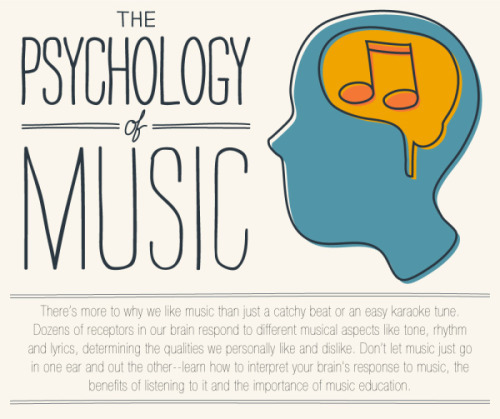
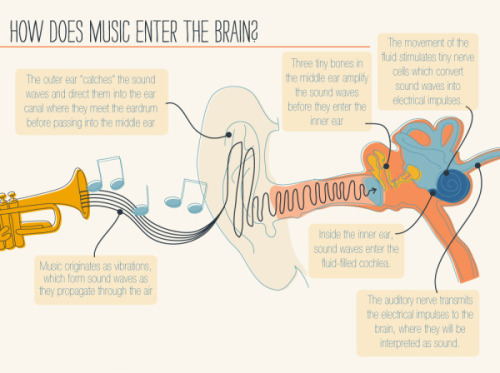
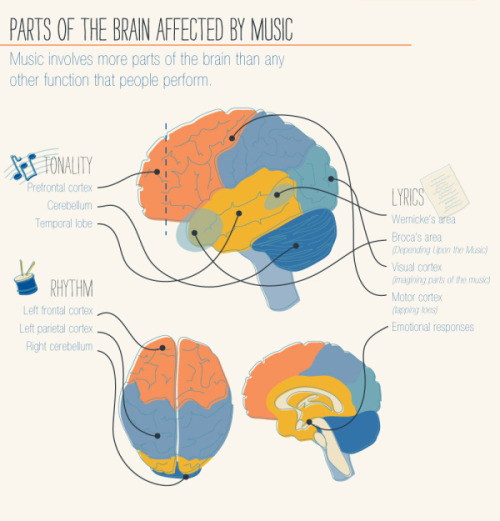
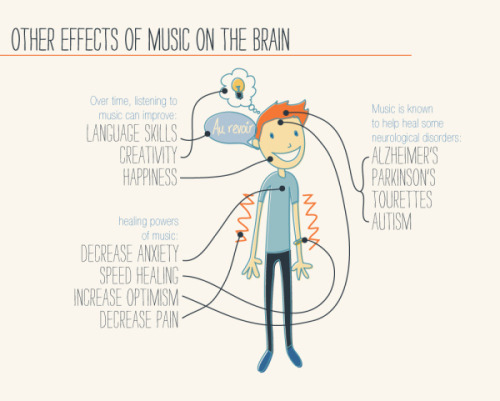
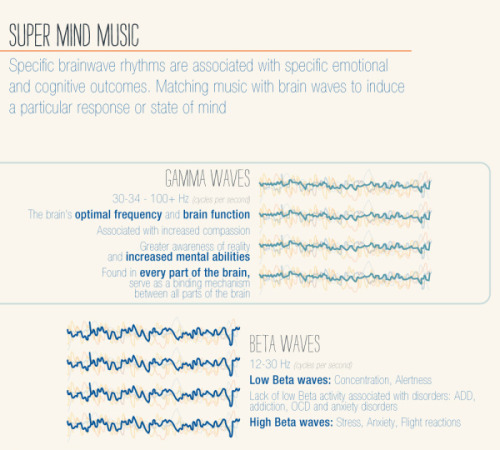
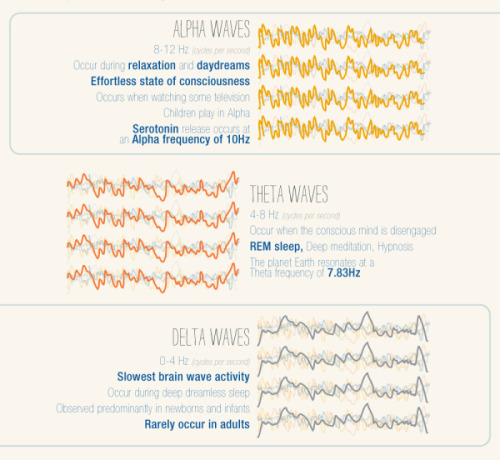
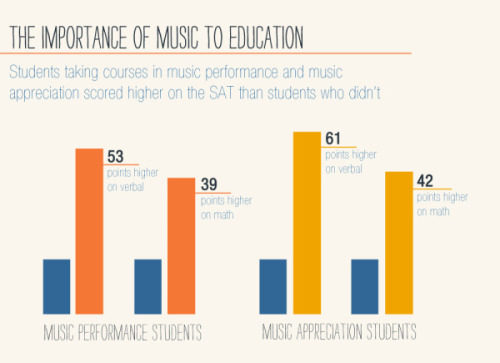
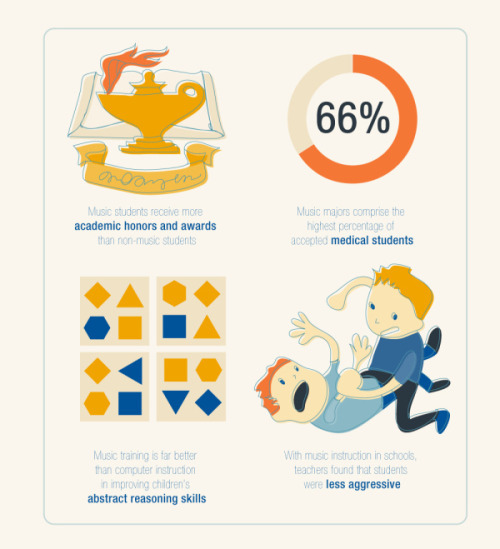


For more posts like these, go to @mypsychology
This is devastating

Half of the Great Barrier Reef is either dead or dying, and 93% of it is now bleached. Coral bleaches when it’s highly stressed due to pollution, overheating, or disease. If climate conditions do not change, most of the reef will probably disappear. Source Source 2 Source 3

All of that coral is dead. And all of this coral…





…is bleached.


How to Study Effectively | Psych2Go

Making Memories While You Sleep
Researchers have long known that the brain produces specific rhythms during sleep, and that different parts of the brain produce different rhythms. We also know that sleep is important for memory. In a recent study published in Nature Communications, UC San Diego School of Medicine researchers bridged the gap between these two schools of research — investigating how the timing of sleeping brain rhythms may influence memory storage.
The research team was led by Eric Halgren, PhD, professor of neurosciences, psychiatry and radiology, and Rachel Mak-McCully, PhD, who was a graduate student in Halgren’s lab at the time of the study. They recorded sleeping rhythms from two regions of the brain — cortex and thalamus — in three people with epilepsy who had electrodes implanted in their brains as part of their treatment.
The thalamus is a relay station for all senses except smell. This part of the brain is considered the “pacemaker” of the sleep spindle, intermittent clusters of brain waves that group cortical activity and strengthen the connections between cortical neurons that form memories. The cortex is where memories are stored permanently, and it’s known to generate slow waves during sleep.
The researchers found how the cortex and thalamus work together to time slow waves and spindles in a sequence that may optimize memory formation.
“During sleep, we usually think of the thalamus as having one conversation while the cortex is having another,” Mak-McCully said. “But what we found is they are actually having a discussion that’s important for memory retention.”
The information the team collected on rhythm timing and coordination between these two areas is important because it allows them to begin thinking about how altering those rhythms could change memory storage. The ultimate goal, Mak-McCully said, is to find ways to manipulate these sleeping brain rhythms as a means to improve, or at least maintain, memory as we age.
“It’s not just that we need more of these rhythms, we need to know when they do what they do, and for how long,” she said.
Pictured: Cartoon of the communication loop described in this study: 1) downstates in the cortex lead to 2) downstates in the thalamus, which produces a spindle that 3) is sent back to the cortex.

Congrats Ally! #NAUgrad (at Northern Arizona University) https://www.instagram.com/p/BrYNuPolFZh/?utm_source=ig_tumblr_share&igshid=v8rk3imseks5
The French Netflix uploaded this on twitter…….
Sex. Yes or No? How to Know if You Aren’t Quite Ready

Sex: the thing that takes up the least amount of time and causes the most amount of trouble.” — John Barrymore
When I was in high school, I dated often. A cute guy would ask me out, and I would pretend to think about it and say I had to make sure I didn’t already have plans. Of course, I never had plans and always said yes. I would wait for Friday to come with great anticipation and spend hours getting ready.
The date would start off fine, General chit chat about school, homework, teachers, and whatnot kept us busy followed by a movie or maybe we’d hang out at the local hang-out spot with friends.
I always had to be home by midnight, and the end of the date was inevitable. Kissing, wandering hands, clothes in disarray, the usual pre-sex stuff was to be expected. I knew the point would come though when I would want to say no, and he would be taking me home.
I always wondered what was going through my date’s minds when they dropped me off. I knew two things for certain. I wouldn’t be asked out on a second date, and he wouldn’t have any conquests to share with the boys on Monday morning at school.
I was happy to wait. I knew I wasn’t ready because the thought of having sex with my date, any of my dates, made me want to run the other way. Then I fell in love and everything changed.
You are Uncomfortable Talking About Sex
If you can’t talk about the ins and outs (no pun intended) of a sexual relationship, the odds are that you are not ready to be in one. If you get anxious and uncomfortable or avoid the topic altogether, then you should wait to have sex.
A sexual relationship requires…….
Continue Reading Here
-
 evenmorecreativeusernameiswear reblogged this · 3 weeks ago
evenmorecreativeusernameiswear reblogged this · 3 weeks ago -
 pestojunkie liked this · 4 weeks ago
pestojunkie liked this · 4 weeks ago -
 donttouchmeimdead liked this · 4 weeks ago
donttouchmeimdead liked this · 4 weeks ago -
 changetheprophecy5 reblogged this · 1 month ago
changetheprophecy5 reblogged this · 1 month ago -
 changetheprophecy5 liked this · 1 month ago
changetheprophecy5 liked this · 1 month ago -
 starlantern reblogged this · 1 month ago
starlantern reblogged this · 1 month ago -
 missthangalang liked this · 1 month ago
missthangalang liked this · 1 month ago -
 la25emeheureee reblogged this · 1 month ago
la25emeheureee reblogged this · 1 month ago -
 la25emeheureee liked this · 1 month ago
la25emeheureee liked this · 1 month ago -
 otesunki liked this · 1 month ago
otesunki liked this · 1 month ago -
 royalgardensnake liked this · 1 month ago
royalgardensnake liked this · 1 month ago -
 superpeacesublime reblogged this · 1 month ago
superpeacesublime reblogged this · 1 month ago -
 heartbreakhealing liked this · 1 month ago
heartbreakhealing liked this · 1 month ago -
 alizardsusername reblogged this · 1 month ago
alizardsusername reblogged this · 1 month ago -
 alizardsusername liked this · 1 month ago
alizardsusername liked this · 1 month ago -
 lacebows reblogged this · 1 month ago
lacebows reblogged this · 1 month ago -
 lowkeysleepdeprived reblogged this · 1 month ago
lowkeysleepdeprived reblogged this · 1 month ago -
 lowkeysleepdeprived liked this · 1 month ago
lowkeysleepdeprived liked this · 1 month ago -
 nonbinarynerdbot reblogged this · 1 month ago
nonbinarynerdbot reblogged this · 1 month ago -
 warcats-cat reblogged this · 1 month ago
warcats-cat reblogged this · 1 month ago -
 illiteratehusky liked this · 1 month ago
illiteratehusky liked this · 1 month ago -
 thewritings reblogged this · 1 month ago
thewritings reblogged this · 1 month ago -
 royalarchive2 reblogged this · 1 month ago
royalarchive2 reblogged this · 1 month ago -
 russianbluewitch liked this · 1 month ago
russianbluewitch liked this · 1 month ago -
 thecatholicseamstress17129 reblogged this · 1 month ago
thecatholicseamstress17129 reblogged this · 1 month ago -
 daxaniel liked this · 1 month ago
daxaniel liked this · 1 month ago -
 atropinenightshade liked this · 1 month ago
atropinenightshade liked this · 1 month ago -
 a-technicolor-pachyderm liked this · 1 month ago
a-technicolor-pachyderm liked this · 1 month ago -
 mav-milonn reblogged this · 1 month ago
mav-milonn reblogged this · 1 month ago -
 ceeceejade reblogged this · 1 month ago
ceeceejade reblogged this · 1 month ago -
 neopet-euthanization reblogged this · 1 month ago
neopet-euthanization reblogged this · 1 month ago -
 neopet-euthanization liked this · 1 month ago
neopet-euthanization liked this · 1 month ago -
 sisterdragonwithfeathers liked this · 1 month ago
sisterdragonwithfeathers liked this · 1 month ago -
 arbitrarystrawberry reblogged this · 1 month ago
arbitrarystrawberry reblogged this · 1 month ago -
 slow-time-traveler liked this · 1 month ago
slow-time-traveler liked this · 1 month ago -
 emily-in-the-flowers liked this · 1 month ago
emily-in-the-flowers liked this · 1 month ago -
 become-mop reblogged this · 1 month ago
become-mop reblogged this · 1 month ago -
 become-mop liked this · 1 month ago
become-mop liked this · 1 month ago -
 y2kbeautyandother2000sstuff liked this · 1 month ago
y2kbeautyandother2000sstuff liked this · 1 month ago -
 praiseandpineneedles liked this · 1 month ago
praiseandpineneedles liked this · 1 month ago -
 rose-in-the-snow liked this · 1 month ago
rose-in-the-snow liked this · 1 month ago -
 andnobirdssing liked this · 1 month ago
andnobirdssing liked this · 1 month ago -
 welldressedandunimpressed reblogged this · 1 month ago
welldressedandunimpressed reblogged this · 1 month ago -
 clean-acts-for-reasonable-prices reblogged this · 1 month ago
clean-acts-for-reasonable-prices reblogged this · 1 month ago -
 clean-acts-for-reasonable-prices liked this · 1 month ago
clean-acts-for-reasonable-prices liked this · 1 month ago -
 lawrencecroft reblogged this · 1 month ago
lawrencecroft reblogged this · 1 month ago -
 sunglassesbot reblogged this · 1 month ago
sunglassesbot reblogged this · 1 month ago -
 sunglassesbot liked this · 1 month ago
sunglassesbot liked this · 1 month ago
